The power of adding commercial yeast to your sourdough bread
A guaranteed rise in a set amount of time? Perfect.
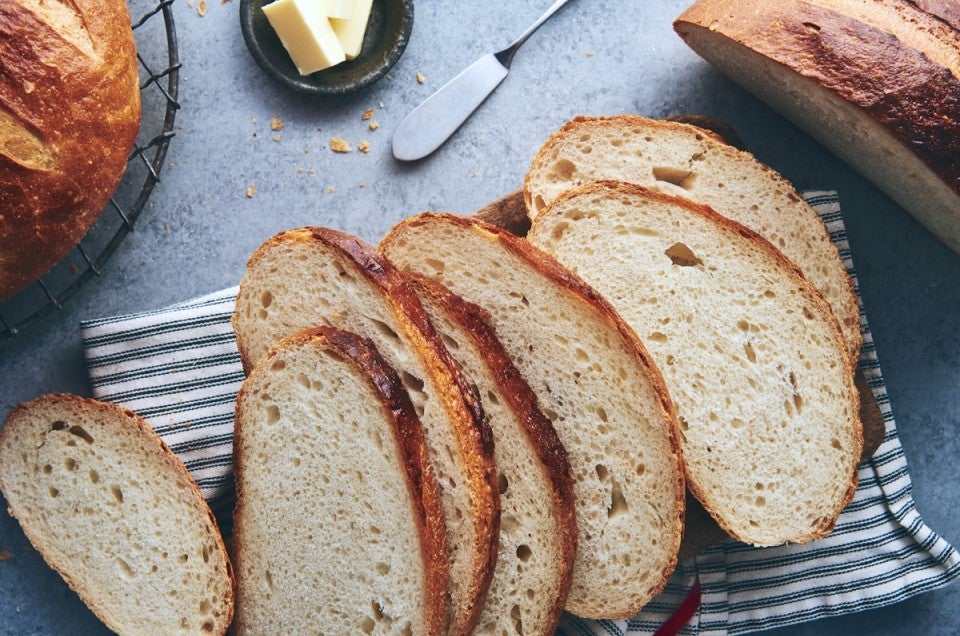

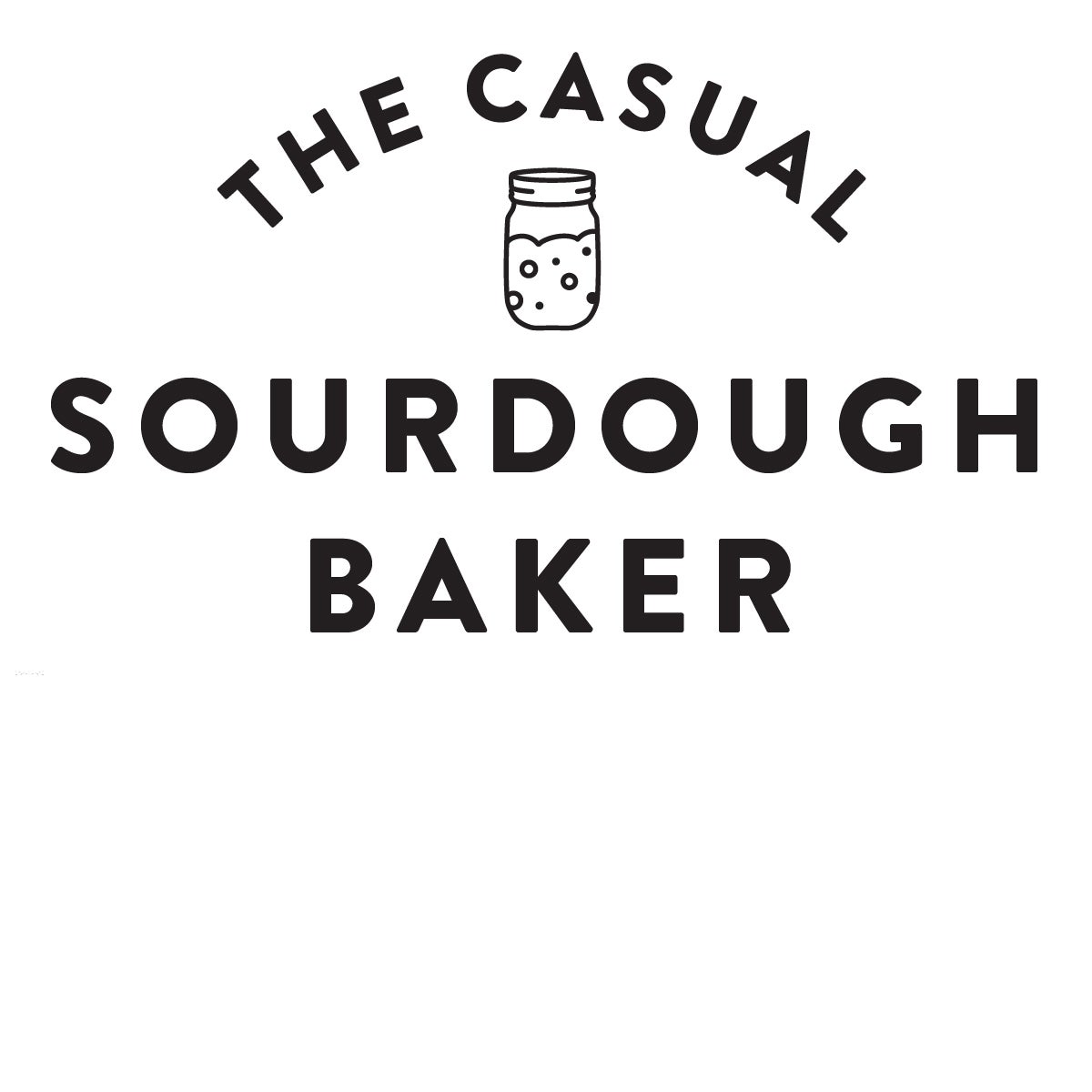 Love sourdough, but looking for a bit more flexibility and ease when you bake with a starter? In The Casual Sourdough Baker, PJ shows you just how wonderfully stress-free sourdough baking can be, from simple but richly flavored loaves to countless easy ways to use your discard. If you're just beginning your journey, our Sourdough Baking Guide lays out the basics you need for success — whether you decide to become serious or go casual!
Love sourdough, but looking for a bit more flexibility and ease when you bake with a starter? In The Casual Sourdough Baker, PJ shows you just how wonderfully stress-free sourdough baking can be, from simple but richly flavored loaves to countless easy ways to use your discard. If you're just beginning your journey, our Sourdough Baking Guide lays out the basics you need for success — whether you decide to become serious or go casual!
* * *
You really want to bake superior sourdough bread. You want it to be just like those beautiful Instagram loaves, one charred ear standing at attention, with a deep-gold crust that shatters into a shower of shiny flakes as your sharpest knife slices through it. Sheer perfection.
But oh, how to get there — that’s the challenge. Since there are literally a million different paths to sourdough bread, let’s start at the beginning: with sourdough starter, the flour-water-wild yeast matrix that backbones every part of your sourdough journey.
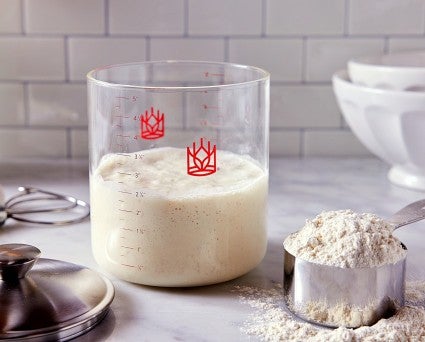
Start with a vigorous, healthy starter, one that doubles in size within six hours or so after feeding, and you’re halfway there. But if your fed starter lags, sagging sadly in its jar hour after hour rather than springing to life, you’re going nowhere.
Unless, that is, you choose to spike your loaf with a bit of commercial yeast — you know, the granulated stuff you use in all your other yeast baking.
Traditionally, a sourdough loaf is leavened solely with starter. And there are those who contend that adding commercial yeast to a starter-based bread recipe means it can no longer be called sourdough bread.
In fact, I’ve consistently witnessed “yeast shaming” in Facebook’s various sourdough bread groups: “If you want to use yeast, you should find a different group; this one’s limited to real sourdough bakers.” I can just picture the novice baker slinking away shamefacedly; this censure from other bakers is totally unwarranted, and it breaks my heart.
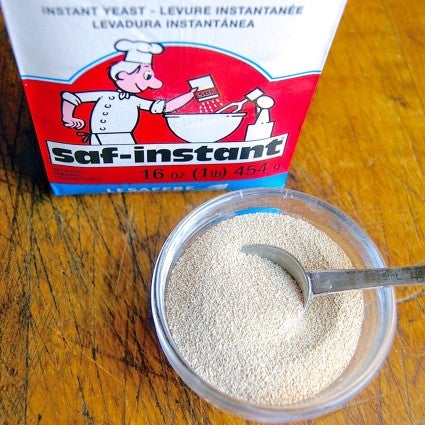
Adding a spoonful or so of instant yeast to your sourdough bread dough isn’t something to be ashamed of; everyone from sourdough novices to home bakers on a schedule to professional bread bakers do this all the time. In fact, many of the most popular sourdough bread recipes on our site (e.g., Rustic Sourdough Bread, Whole Wheat and Rye Sourdough Bread) include commercial yeast along with starter.
If you’ve been baking naturally leavened sourdough bread (using just your starter for leavening) and you’re not pleased with the bread’s rise, ignore the naysayers and try this: add some commercial yeast to the dough. Many veteran sourdough bakers label this “hybrid sourdough.” But so long as you’ve produced a loaf whose flavor and texture you enjoy — well, what’s in a name?
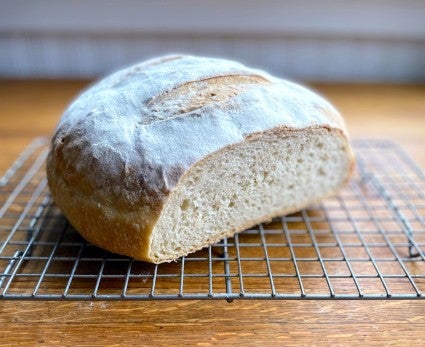
Sourdough starter’s wild yeast can be sensitive and quirky, responding to changes in temperature, the other ingredients it’s paired with, and how you handle the dough. Sometimes you manage to make a stunning naturally leavened loaf; other times, a doorstop.
If you want sourdough bread that rises reliably every time, both on the counter and in the oven, commercial yeast is your best friend. Barring anything really extreme (e.g., being killed by boiling water or dried out by an overdose of salt), commercial yeast will make your bread rise no matter what.
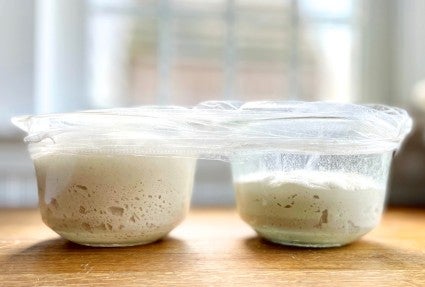
Plus, you can count on your dough sticking to a schedule, which is important for those of us who can’t while away an entire day waiting for a sluggish loaf to rise. If your starter isn’t vigorous enough, naturally leavened bread may take much longer to rise than your recipe says. But throw in some commercial yeast, and you know the dough will rise X hours in the bowl, X hours after being shaped, and will go into the oven at X time. It’s called taming the variables; and in these uncertain times, who isn't in favor of that?
Many professional bakers add commercial yeast to their sourdough bread for just this reason: When you have to set out fresh bread in the display case by 8 a.m., commercial yeast is your best friend.
Think of leavening as a continuum: The more commercial yeast you add to your dough, the more quickly it will rise.
This isn’t always a good thing, though; yeast bread (including sourdough) develops its best flavor during a long, slow rise. So ideally you want to add just enough yeast for the dough to rise within a reasonable (and predictable) amount of time, and create bread with satisfying, nuanced flavor.
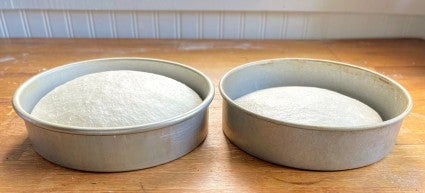
I’ve found adding 1/2 teaspoon instant yeast per cup of flour in your recipe will produce dough that doubles in size within an hour or two in the bowl, and within about an hour once the loaf is shaped. Use less yeast, and that timeline lengthens — all the while building the bread’s flavor.
Are you on a tight schedule? Start by adding yeast as described above. Have more time (and desire a more flavorful bread)? Use less yeast (though probably not less than 1/4 teaspoon per cup of flour, in order to really reap the benefits of time management).
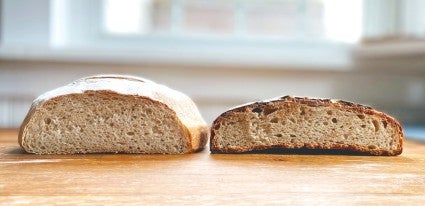
With so many variables (specific recipe, your kitchen climate, the weather, the amount of starter used and its health), you’ll need to do some experimenting to come up with specific amounts of yeast and rising times. But I’m betting it won’t take you long to determine how much instant yeast it takes to turn any naturally leavened recipe into a satisfying loaf made with commercial (as well as wild) yeast.
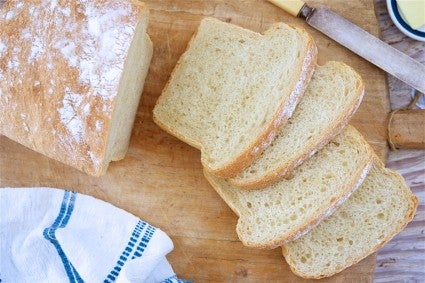
If you’re a beginning sourdough baker looking for tried-and-true bread recipes, there are quite a few on our site (e.g., Merlin’s Magic Sourdough Bread, Basic Sourdough Bread) that include commercial yeast along with starter. You won’t go wrong starting with these recipes. For many more options, see additional hybrid sourdough recipes here.
Then, as you gain confidence in both your starter and your skills, give naturally leavened sourdough bread a try. No-knead Pain de Campagne is a nice loaf to start with; and delicious Pain au Levain, while testing your mettle a bit more, should also be well within your reach. So feed your starter, stock up on yeast — and get baking!
Cover photo (Merlin's Magic Sourdough Bread) by Liz Neily.

